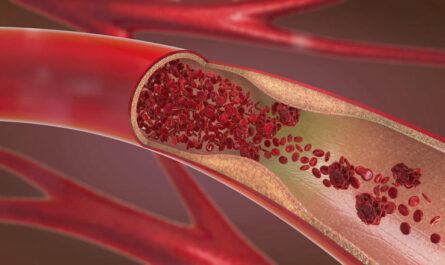A team of researchers from UMass Amherst has made a significant breakthrough in the field of biomedical engineering. Their innovative method for DNA detection has achieved unprecedented levels of sensitivity, enhancing the capabilities of disease diagnosis.
DNA detection plays a critical role in bioengineering, and Jinglei Ping, the lead author of the research paper published in the Proceedings of the National Academy of Sciences, emphasizes its importance. Ping, who is an assistant professor of mechanical and industrial engineering and affiliated with the Center for Personalized Health Monitoring, highlights the need to detect DNA at low concentrations with high sensitivity. The team successfully developed a method that improves sensitivity by approximately 100 times, without incurring additional costs.
Traditional DNA detection methods face the challenge of finding the proverbial needle in a haystack, as numerous molecules present in the sample can interfere with accurate results. However, the UMass Amherst researchers took a different approach. They introduced the test sample into an alternating electric field, allowing the DNA strands to “dance”, exhibiting specific oscillation frequencies. By analyzing the sample, researchers can identify molecules that move in a manner similar to the target DNA, differentiating them from other movement patterns. Remarkably, this method remains effective even with very low concentrations of the target DNA.
The implications of this breakthrough are of great significance for healthcare. The heightened sensitivity of the detection method enables early disease detection, which can significantly impact health outcomes. Additionally, the electric-based nature of the technique significantly reduces processing times. Currently, samples are sent to labs, and the results can take days or even months to be processed. With this new method, results are obtained within minutes, making it suitable for point-of-care applications. Biopsy samples, for example, typically require freezing and laboratory processing, which can take up to two months. The near-instantaneous results provided by this technique eliminate the need for prolonged waiting times.
Another notable advantage of this method is its portability. The device used for DNA detection is comparable in size to a blood sugar test tool, allowing for easy deployment even in resource-limited areas. Ping envisions a scenario where doctors visiting a village once or twice a year can have access to this tool, enabling quick and straightforward testing.
The breakthrough discovery opens up a wide range of possibilities in the field. Ping emphasizes the potential integration of this nano-mechanoelectrical approach with other bioengineering technologies, such as CRISPR. This integration can help elucidate nucleic acid signaling pathways, understand disease mechanisms, identify new drug targets, and develop personalized treatment strategies, including microRNA-targeted therapies.
The UMass Amherst researchers’ pioneering work in enhancing DNA detection sensitivity has the potential to revolutionize disease diagnosis and treatment. The improved accuracy and rapidity of results offer new avenues for early detection and personalized healthcare.
*Note:
1. Source: Coherent Market Insights, Public sources, Desk research
2. We have leveraged AI tools to mine information and compile it




